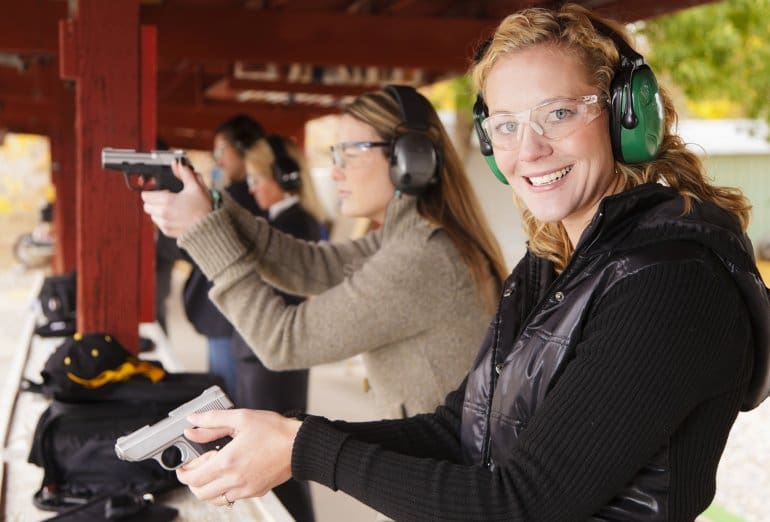Click here to read the pdf of The Department of Justice’s Operation Fast and Furious: Accounts of ATF Agents, prepared by Rep. Darrell E. Issa, Chairman and Senator Charles E. Grassley. The document is a finger-pointing exercise extraordinaire. Although it’s an excellent beginner’s guide to the Bureau of Alcohol, Tobacco, Firearms and Explosives (and Really Big Fires) Gunwalker scandal, it fails to answer the single most important question: why did the ATF allow thousands of rifles to cross into Mexico? After all, Department of Justice spokeswoman Tracy Schmaler recently reiterated that the department had made it clear to the ATF that . . .
“under no circumstances should guns be allowed to cross the border into Mexico.” Of course, they made the statement after the Gunwalker investigations began. And yet the Congressional investigators’ report clearly states . . .
Operation Fast and Furious sought . . . to allow the flow of guns from straw purchasers to the third parties. Instead of trying to interdict the weapons, ATF purposely avoided contact with known straw purchasers or curtailed surveillance, allowing guns to fall into he hands of criminals and bandits on both sides of the border . . .
ATF and DOJ leadership were interested in seeing where these guns would ultimately end up.
They were “interested” in seeing in which gruesome murders the guns were involved? What: intellectually? More to the point, what use was that information?
The only explanation I can find is on page 12: “Such traces [between the original straw purchaser and a gun recovered after a crime in Mexico] would supposedly create a ‘nexus’ between the drug cartels and the straw purchasers.”
As in a link. No such nexus was needed to arrest the smugglers. They purchased the weapons illegally and they were headed for Mexico to sell the weapons to the cartels. Book ’em Dano! Why not interdict the guns and bad guys at the border? Why let the guns go?
Testimony by the agents at the sharp end reveal that someone higher up was calling the shots, telling them to hang fire, for reasons they couldn’t fathom. Here’s an excerpt via the latimes.com:
In one case, Agent Pete Forcelli told the interviewers, an agent was making insistent calls over the radio, saying that gun traffickers had recognized him and begging for permission to stop the suspects. “But he was told to not stop the car with the guns in it,” he said.
Dodson said the target was followed picking up money, buying guns and dropping them off somewhere else but recognized he was being followed and made obvious attempts to evade the surveillance. “I mean, there is a verbal screaming match over the radio about how — what are you talking about? There is no better time or reason to pull this guy over than right now,” Dodson related.
Apparently, “agents saw the whole operation as pointless, a poor way to operate, and above all, dangerous.” The key word not “dangerous.” It’s “pointless.” What was the point of Project Gunrunner and Operation Fast and Furious? The explanation is far from clear. On page 39, Agent Forcelli gives it a go.
Well, there is a variety of ways [to monitor the guns]. One . . . you would identify where they are going by virtue of recoveries that are happening in crimes or interdictions. . . . So you identify that they are going south. And I think then the strategy, if I understand it, is that the firearms are then, once . . . they are going south, you try and follow them and figure out where they are going and to who they are going to tie to a greater organization and more people, identify the hierarchy of the organization. That’s the strategy.
Follow them how? ATF Agents are not allowed into Mexico on wild gun hunts. There’s no talk of working with Mexican law enforcement agencies or high-tech tracking devices. So the only “following” involved was waiting for the Mexicans to recover ATF enabled guns from crime scenes and report them to the ATF. Which provides no criminal case against anyone except the original purchaser, for whom the ATF already had a case.
Here’s the hidden story: money. As in Watergate, we need to know who profited from the ATF-enabled firearms trade. One theory: the ATF suits wanted to enlarge the importance of their interdiction efforts by creating gun smuggling hysteria. Another theory: money. Someone was paying off someone to let the guns walk. With billions sloshing around the cartels coffers, they have the motive, means and opportunity to smooth the path of fresh rifles and such.
Anyway, we know the what, when, where and who of this story. We still don’t know the why. Why? Because that would open a whole new can of worms, revealing U.S. collusion with Mexican drug cartels through our mutual friends in the Mexican government. I say, show us your cards, and let the chips fall where they may. Which is why I’m not a politician.





Crazy. All they managed to do was further the violence. I don’t even see how they got the clearance to screw with another country. I thought that was the CIA’s job.
Great job with this one Robert. I believe your right on point.
Sunlight is the best disinfectant.
how stoned are atf agents?
Comments are closed.